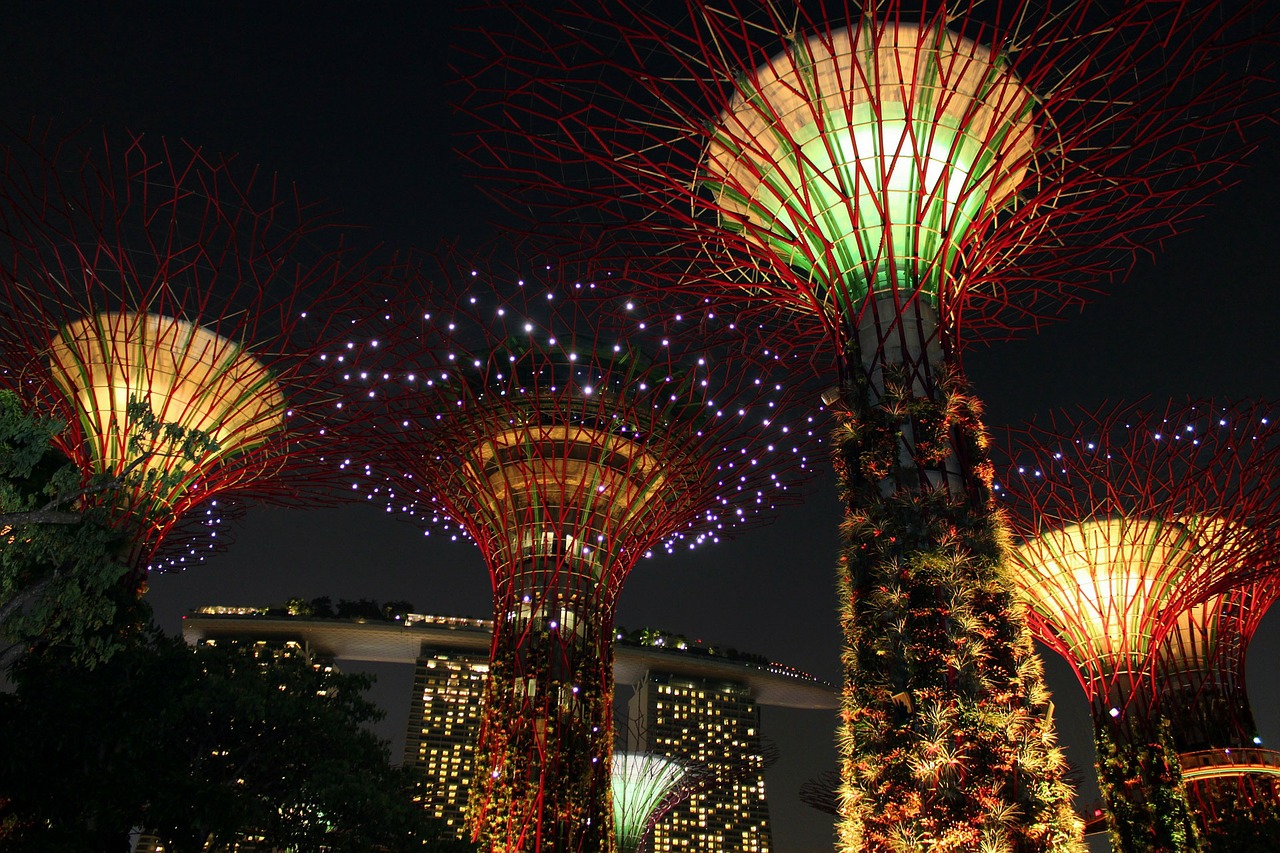Although it can claim one of the highest cellular penetrations in the Asia-Pacific region, Singapore’s highly saturated mobile sector has been stagnant for some years, with little change in the market shares of the three main players, SingTel, StarHub and M1. All this is set to change, however, with the award of spectrum to a fourth operator later this year and its expected launch towards the end of 2017.
Local regulator, the Info-communications Development Authority (IDA), plans to offer 700MHz, 900MHz, 2300MHz and 2500MHz spectrum at auction in the third quarter of 2016, with 60MHz of bandwidth in the 900MHz and 2300MHz bands set aside for a new entrant, ahead of a general sale for the incumbents. To entice a would-be newcomer, IDA is setting a lower reserve price of SGD35 million on the fourth-telco spectrum, representing a 45% discount on the standard reserve price. Two local firms have already expressed interest in the auction, fibre broadband services provider MyRepublic and OMGTel, a unit of wireless systems firm Consistel. To further ease the passage for a new player, IDA has laid down relatively relaxed rollout requirements for the fourth licensee, giving it a ‘reasonable period’ to roll out its network; it is required to achieve nationwide outdoor service coverage by October 2018.
Unsurprisingly, IDA’s discount strategy has drawn a cool response from the big three, who have rejected the need for a fourth network operator altogether and warn that the introduction of further competition will result in a poorer consumer experience, as there will not be enough spectrum to satisfy each operator’s bandwidth needs. They also claim that it is unfair to allocate so much ‘premium’ 900MHz bandwidth to the newcomer, noting that, with their own 900MHz spectrum rights set to expire in March 2017, their 3G mobile customers would see a degradation in services if they were stripped of some of their spectrum allowance.
The Contenders
MyRepublic–backed by Indonesian telco Sunshine Network and French telecoms billionaire Xavier Niel–entered Singapore’s fixed broadband segment as a ‘disruptor’ and has clearly set out its stall to become the city-state’s fourth cellco, estimating that it will need between SGD250 million and SGD400 million to set up a new mobile network. It has said it is ‘very excited’ at IDA’s financial incentive, noting that: ‘The spectrum allocated to the fourth mobile operator will ensure that it will be able to deliver fast mobile internet with excellent coverage.’ In March 2016, MyRepublic turned up the heat in its quest to become a big hitter in the domestic wireless market, enlisting international investment banks Goldman Sachs and DBS Group Holdings to help it raise funding to support its bid.
OMGTel, a unit of wireless systems firm Consistel, is also intent on participating in the upcoming spectrum sale, with the group’s chairman and founder, Masoud Bassiri, confirming that it will ‘absolutely’ join in the auction and plans to invest up to SGD1 billion in the project, via a mixture of debt and equity funding. He says that, if successful, OMGTel will ‘remove the pain of pricey roaming charges, stray signals from Indonesia and spotty network coverage’. Consistel, which is backed by the likes of Intel Capital and Jafco Asia, has been active in the city-state for 20 years and says it will roll out an island-wide network as early as end-2017 using ‘its proprietary automation software for indoor network planning, among other systems’.
Singapore mobile market share, end-2022
The Old Guard
Singtel, StarHub and M1 have doggedly held a vice-like grip, but a new player will be intent on building market share, and quickly. TeleGeography forecasts suggest that the fourth operator–be it MyRepublic, OMGTel or another successful bidder–will be able to wrestle around 10% market share from the incumbents by the end of 2022, approximately five years after launch. For its part, OMGTel is setting its sights even higher in the longer term; the company says if it succeeds with its license bid then it will not be content to remain the smallest player and will eventually be targeting the second spot in Singapore’s mobile market.
It is clear that in a mature market such as Singapore where the incumbents have held sway for so long, the advent of competition marks a period of uncertainty for the big three. Price competition is set to become the key battleground in a sector where services are currently marked by a distinct lack of differentiation. MyRepublic has already said that it intends to offer a mobile broadband plan costing as little as SGD8 per month for 2GB of data, should it become the fourth carrier, which at the time of the announcement was significantly cheaper than the cheapest plan of SGD20 charged by Singtel (2GB cap), SGD21.45 per month from StarHub (3GB) and SGD30 from M1 (3GB). Since then, however, the three incumbents have rolled out more competitive tariffs, slashing prices aggressively for the first time since 2012, and highlighting just how jittery they are at the prospect of facing extra competition.
Pete Bell
Pete Bell is a Research Analyst for TeleGeography’s GlobalComms Database and also contributes to the daily CommsUpdate newsletter. He has a particular interest in wireless broadband and was responsible for TeleGeography’s 4G Research Service until it was integrated into GlobalComms.


